Comprehensive sets of codes—electrical, energy, building, fire, plumbing, and mechanical—were developed to provide understandable requirements that are easily enforced. But codes only work if states and jurisdictions adopt them and designers and builders comply with them.
Code officials need to verify that all requirements are achieved, even if states, designers, and builders do their part. Code officials approve or disapprove the measures installed within commercial buildings through an inspection or a series of inspections, giving final approval or certificate of occupancy only when all requirements are met.
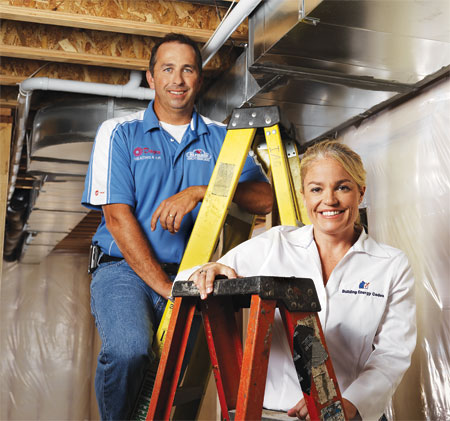
Photo 1: Pacific Northwest National Laboratory’s Building Energy Codes Program supports the DOE’s Energy Efficiency and Renewable Energy Buildings Technologies Program mission to improve the energy efficiency in our nation’s buildings by promoting adoption and implementation of stronger building codes. People in photo: Pam Cole, PNNL and Ken Day/Dayco Heating Contractor
The overall inspection process is the same for both energy and electrical codes: all applicable requirements of the code must be satisfied and verified by inspection to ensure compliance. However, energy code inspections are more broadly based than electrical code inspections because many building systems affect energy code compliance. For example, framing and insulation are installed prior to electrical wiring, but wiring that crimps or compresses the insulation installed between framing members decreases the overall R-value of the insulation, creating a possible energy inspection failure.
This article provides a brief overview of the basic guidelines for field inspectors performing energy site inspections of commercial buildings using the most recent national energy codes published by ANSI/ASHRAE/IESNA Standard 90.11 and the International Energy Conservation Code® (IECC).
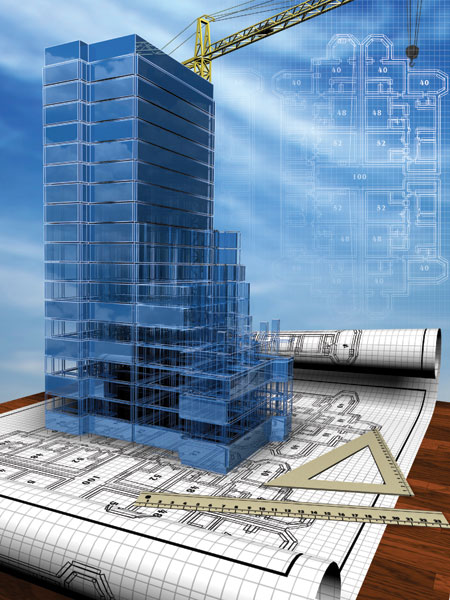
Pre-Inspection or Plan Review
Keep the following in mind during plan review: Are all the documents internally consistent? For example, do the window U-factors match on the building plans, specification sheets, and the compliance forms? If the compliance option chosen was the prescriptive option, does the window U-factor listed meet the requirements of the code? Similar questions should be asked about wall U-factor or R-value, roof U-factor or R-value, window solar heat gain coefficient (SHGC), duct insulation, pipe insulation, lighting power density, and lighting controls, as well as a host of other building systems and components.
Inspection
Once a plan review has been conducted to make sure the plans are internally consistent and meet the requirements of the energy code, those same building plans, specification sheets, and compliance forms should provide the necessary information to properly perform an energy field inspection. Conducting a plan review verifies that the designer chose the right components and documented them properly. Performing a field inspection verifies that those components were actually installed properly in the building.
To make this process easier, the building can be broken down into the following segments:
- Building envelope
- Lighting systems
- Mechanical systems
- Power systems
- Service water heating systems
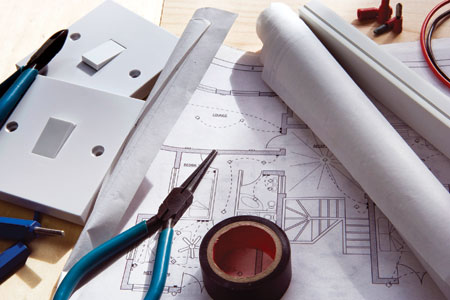
Photo 3. Electrical planning and lighting controls
It should be noted that you can’t do a field inspection on the lighting or mechanical systems until the systems are installed. And you can’t do a field inspection on the building envelope after the interior envelope finishes are complete. The bottom line is that conducting a thorough field inspection of a commercial building may require multiple field visits. You just can’t see everything you need to see in one trip. But energy code inspections may be combined with other code inspections. For example, building envelope inspections could be combined with structural inspections. The energy code requirements for the lighting and power systems may be combined with the electrical code inspection.
Building Envelope
The thermal building envelope includes components of a building that enclose the conditioned space. Building envelope components separate conditioned spaces from unconditioned spaces or from outside air. The parts of the thermal building envelope include the roof assembly, the exterior walls, walls between conditioned and unconditioned spaces, and floors. Floors can be a slab-on-grade, a raised floor over a crawlspace or over an open area such as a parking garage. The thermal building envelope requirements do not include components between conditioned spaces, such as interior walls or interior floors.
- Envelope requirements focus on five main areas:
- Insulation
- Fenestration performance
- Air leakage
- Sealing the thermal building envelope
- Moisture Protection
Insulation
Insulation inspections verify the installed insulation R-values meet or exceed those shown on the building plans and compliance report. (Note that for R-values, “meet or exceed” means “is greater than or equal to” the value shown in the compliance report.) Insulation inspections can include exterior above- and below-grade walls, slab-edge or foundation, raised floors over a crawl space or over outdoor air, and roof or ceiling areas.

Fenestration performance
Air leakage
The IECC and ASHRAE Standard 90.1 have provisions for air leakage requirements for window and door assemblies that are considered part of the thermal building envelope. These assemblies must be labeled by the manufacturer as to not exceeding maximum permissible air leakage values in the IECC and Standard 90.1.
Curtain walls, commercial entrance doors and store front glazing should also meet air leakage specifications per the IECC in accordance with ASTM E 283 E2. Specifications should be provided and reviewed prior to inspection. Assemblies installed with a manufacturer’s label should be verified against the documents submitted during the actual site inspections.
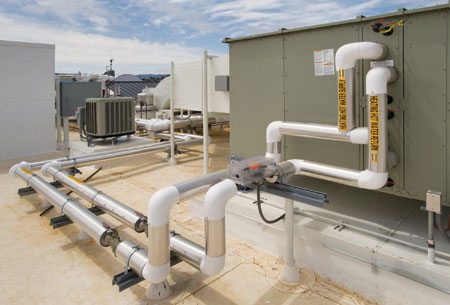
Sealing the thermal building envelope
- Exterior joints around window and doorframes
- Areas between wall sole plates, floors, and exterior wall panels
- Openings for plumbing, electrical, refrigerant, and gas lines in exterior walls, floors, and roofs
- Dropped ceilings and chases adjacent to the thermal building envelope
To spot a potential air-leakage site, look along cracks in the building envelope for daylight. Look for gaps between the rough opening of windows and doors. Air leaks can be introduced in any stage of construction, so it is always a good idea to spot check even after the initial inspection is done.
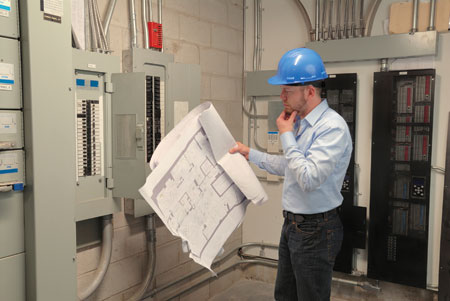
Moisture protection
Exceptions are included for construction where moisture or its freezing will not damage materials and where other means to avoid condensation are provided. The IECC requires that it be installed on the “warm-in-winter” side of the insulation. This inspection can typically be completed at the same time as the insulation inspection.
Lighting Systems
Lighting plays a major role in the energy usage of a commercial building. An increased lighting load increases the capacity requirements for the mechanical cooling system. The entire lighting inspection covers:
- Switching diagrams/lighting controls
- Fixture diagram
- Interior and exterior lighting schedule
The goal of a thorough lighting inspection is to make sure that the installed lighting matches the approved electrical plans. Typically, inspectors do not inspect every switch and control inside or outside the building or count every fixture and document the total lighting power to verify installation meets code requirements. Therefore, it is critical that these lighting systems are reviewed for compliance during pre-inspection or plan review.
Two major items should be checked during inspection. First, the installed lighting technology should be examined to confirm it matches the plans. Installing a less efficient lighting source can have a significant impact on lighting compliance because of the wattage difference between inefficient and efficient lighting fixtures.
Second, the number of fixtures installed should be confirmed. What is shown on the approved electrical plans and documentation should match what is installed in the field. For large buildings with a standard lighting layout, it is possible to spot-check rooms to verify compliance. An example of a standard lighting layout is a room that has all the same fixture types and wattages.
Another item that should be checked during the field inspection is that the lighting controls noted on the plans and specifications are actually installed. This may be hard to check if all the lighting is controlled by a building automation system, but if the plans call for switches, or time clocks, be sure to look for them in the field inspection.
For a more complicated lighting design with various fixture types and wattages, it may be necessary to conduct a more thorough fixture count. In addition, inspectors should verify that all outdoor lighting fixtures are controlled by a photosensor or an astronomical time switch that is capable of automatically turning off the fixture when sufficient daylight is available.
Mechanical Systems
The mechanical system is one of the most significant users of energy, as well as the most complex system in a building.
Enforcement of codes for this system involves a combination of plan and submittal review as well as inspection. The requirements for mechanical systems can be broken down into six key elements:
- Equipment efficiency
- Equipment performance
- Mechanical system controls
- Equipment sizing
- Ductwork and piping
- Completion requirements
Equipment efficiency
Making sure mechanical systems meet efficiency requirements involves verifying that the equipment meets minimum ratings such as Energy Efficiency Ratio for air conditioning equipment and Annual Fuel Utilization Efficiency for furnaces. In most instances, these ratings are labeled directly on the equipment and listed on the plans in a mechanical equipment schedule.
Equipment performance
Equipment performance includes requirements such as maximum damper leakage, maximum pressure drops, and maximum fan power. These types of requirements can be checked by reviewing equipment submittals and mechanical schedules, then inspecting to verify that the submitted equipment is actually present and installed correctly.
Mechanical system controls
Mechanical system controls are sometimes complex, but the code requirements are very important for achieving energy efficiency. Some of these requirements are field verified, such as the presence of zone temperature sensors or thermostats. Most of them, however, are difficult to observe, so it is only possible to verify what is required in controls specifications. This category contains requirements for optimal start controls, temperature deadband controls, and air and water temperature reset controls. Actually ensuring that these controls function is a process generally left to a commissioning authority. When commissioning is a requirement, a jurisdiction may request a copy of the commissioning plan or report.
Equipment sizing
For equipment sizing, the requirement is for the designer to perform engineering load calculations and install equipment that is no larger than standard engineering practice would require. As with commissioning, the jurisdiction may ask for sizing calculations to be submitted for verification.
Ductwork and piping
Ductwork should be constructed and erected in accordance with the International Mechanical Code®. Duct and plenum systems should be insulated and sealed. High-pressure duct and plenum systems should be leak-tested in accordance with referenced testing standards dependent upon state and location. Duct and pipe insulation and duct sealing can be field verified. When duct leakage testing is required, testing reports can be requested.
Completion requirements
The code requires that certain submittals be provided to the building owner upon completion of construction. Those include air and water balancing reports, as-built drawings, as well as operation and maintenance manuals. These items provide the building owner with the necessary documentation to keep the equipment working as it was intended. The jurisdiction may ask to see those documents during a site inspection.
Power Systems
There are three main requirements for a building electrical distribution system. They relate to:
- Maximum voltage drop in electrical conductors
- As-built drawings
- Operating and maintenance manuals
Voltage drop directly limits power loss in the distribution system. Standard 90.1-2007 allows a maximum voltage drop of 2% for feeder conductors and 3% for branch circuit conductors. These limitations require careful review of the drawings and verification of installation regarding circuit types and length, conductor size, conduit types, and load current.
Requirements for single-line drawings and operating and maintenance manuals increase the likelihood that the occupied building personnel will understand the electrical distribution system and that systems will be operated efficiently after installed. (These requirements are not in the IECC, but may be found as part of the International Electrical Code® as non-mandatory footnotes to a table.)
Service Water Heating Systems
There are a few provisions that should be checked to make sure water heating systems meet the requirement of the energy code:
- Equipment efficiency and performance
- Temperature controls
- Piping insulation levels
- Heat trap requirements
Water heating equipment and hot water storage tanks should be inspected to verify performance efficiency based on data furnished by the manufacturer. Certification through an approved certification program also will suffice for performance efficiency.
utomatic controls capable of turning the hot water circulation pump off during periods of non-use should be verified in the field. The control may be as simple as an automatic time clock. For automatic-circulating hot water systems, piping must be insulated to the minimum insulation R-values specified in the code.
Inspectors should verify that heat traps have been installed on all non-circulating water heaters to stop hot water from rising into the distribution pipes and forming a natural circulation loop. Traps on the inlet and outlet piping of any non-circulating water heaters should be inspected. These may be installed internally by the manufacturer, installed as an after market add-on, or fabricated on site.
More Information
A great resource regarding the national energy codes, compliance, and inspection is the U.S. Department of Energy’s Building Energy Codes Program (BECP) website,www.energycodes.gov. BECP has developed software called COMcheckTM — available at no cost through the BECP website — that can demonstrate energy code compliance and produce specific inspection guides based on the proposed design. BECP will be offering a webcast in early 2009, How to Review Energy Code Compliance Certificates. Stay tuned for upcoming free training events atwww.energycodes.gov.
Attention Code Officials:
Help Us Help You Better!
Code officials, the Building Energy Codes Program (BECP) wants to be sure you have the education and training resources you need to address common problems and issues you encounter in your work and to conduct plan reviews and compliance checks efficiently and effectively. Now is your chance to tell us how the resources provided by BECP are working for you and what additional tools, materials, and information you need.
Please take a moment to provide feedback atwww.energycodes.gov/survey/index.php?sid=13312&lang=en. Your feedback will lead to new and improved BECP resources.
References
1 American National Standards Institute/American Society of Heating, Refrigerating, and Air-Conditioning Engineers/Illuminating Engineering Society of North America
2 ASTM E 283 – Test Method for Determining the Rate of Air Leakage through Exterior Windows, Curtain Walls and Doors under Specified Pressure Differences Across the Specimen







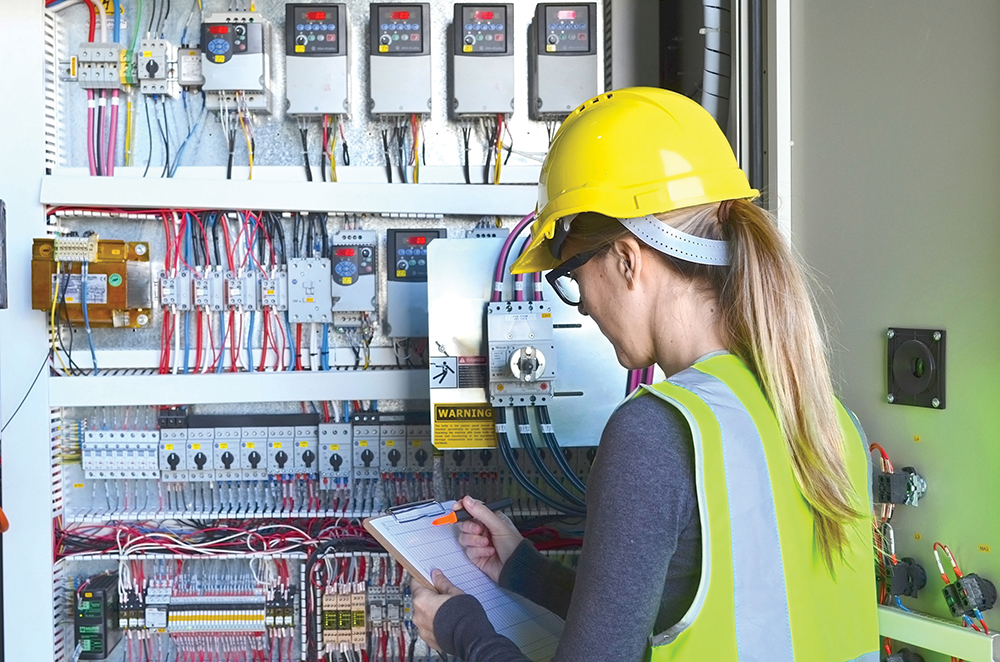

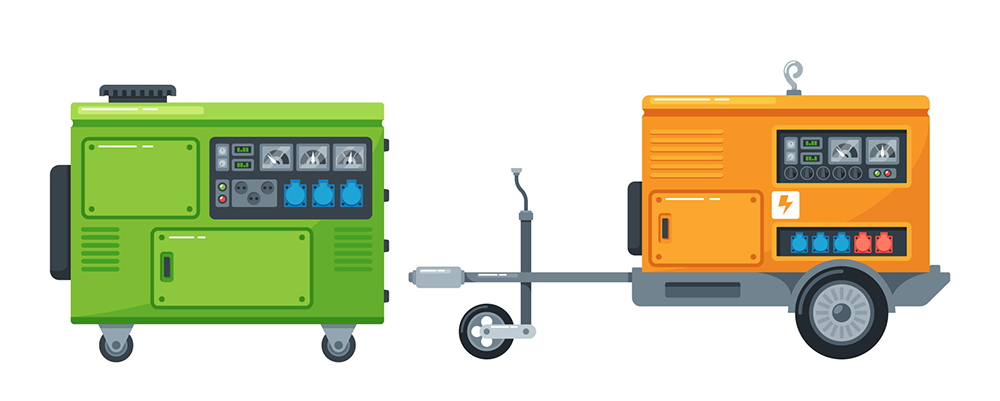
Find Us on Socials